6. Brink of Life (1958)
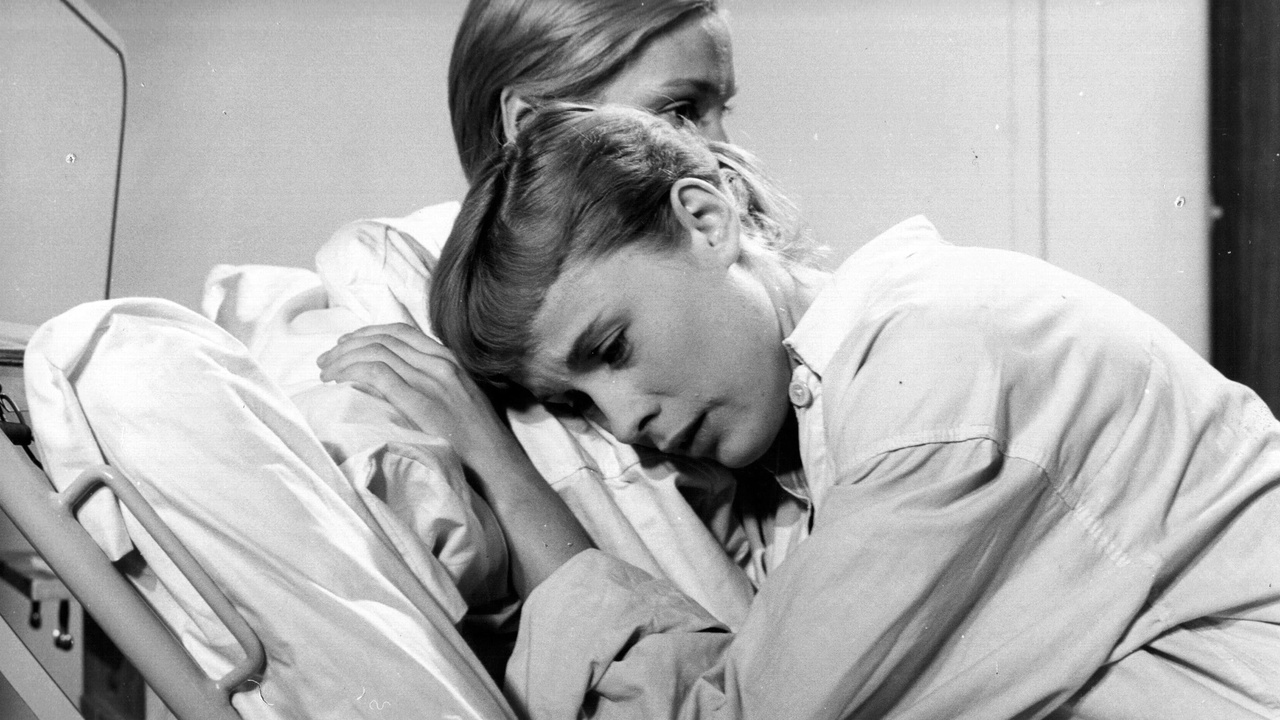
Following the cinematic triumph of his career, Bergman crowned his pre-1960s films with this very intimate portrait of womanhood. With widely acclaimed performances from European screen icons like Ingrid Thulin, Bibi Andersson, and Eva Dahlbeck, the film perfects constructing very Bergmanian sentiments on the confining nature of femaleness and all things associated with it.
The story takes place in a maternity ward and explores the hardships of birth both physically and philosophically. Three women undergo different stages of pregnancy with very differently developed scenarios; however, the reason for their agony and torment is very similar. The film searches the basis of life and the pains and sorrows of creating it.
7. The Magic Flute (1975)
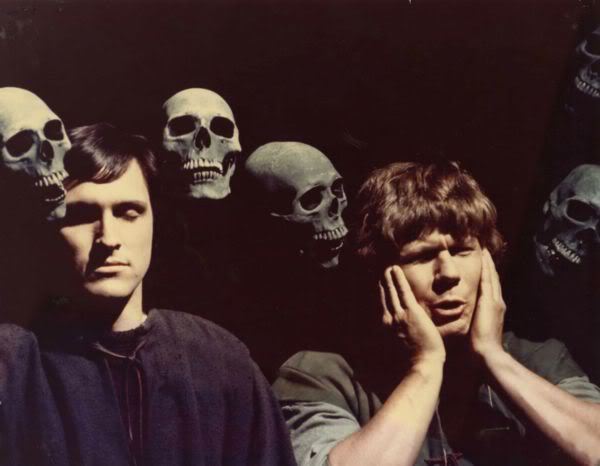
Ingmar Bergman’s cinematic re-telling of Wolfgang Amadeus Mozart’s “The Magic Flute” is among the most celebrated and beloved film operas of all time. The exquisite voices of soloists alluringly complement the lurid colors of stage decorations and, consequently, give birth to the story brimful of the Enlightenment ideas expressed with the elements of a fairy tale. The film displays a heavenly mixture of love for music, tales, and cinema with great touches of elegance and poise.
8. La Chinoise (1967)
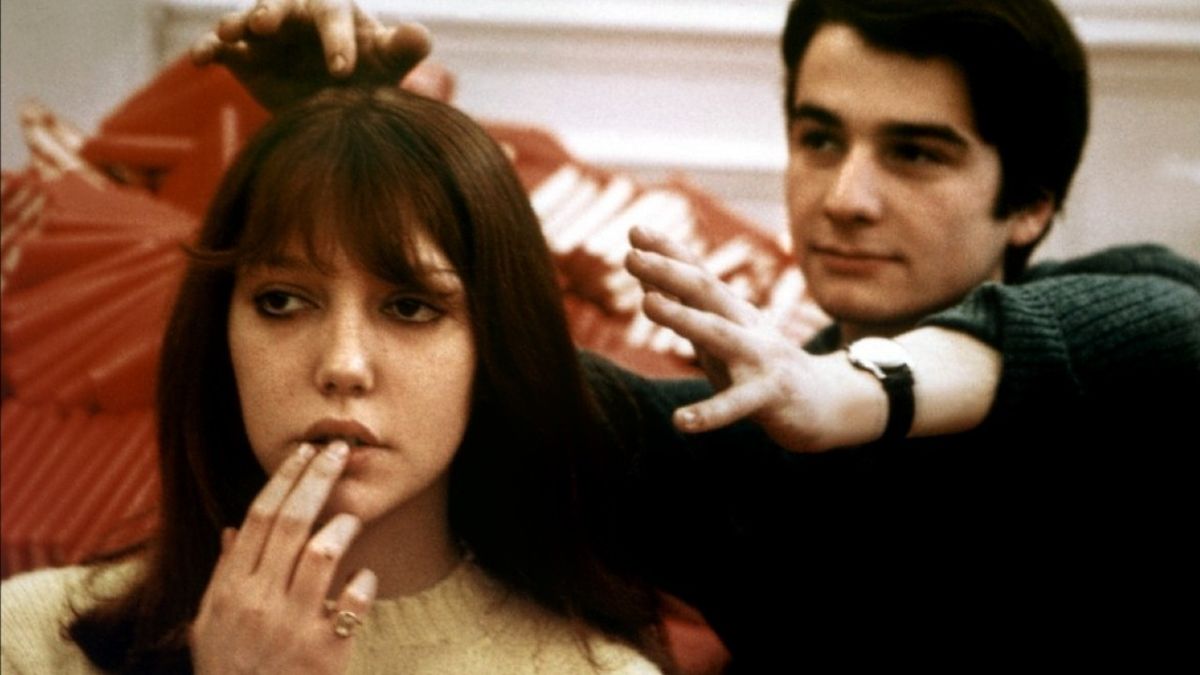
One of Jean-Luc Godard’s most underrated provocations and first steps in the process of achieving true political cinema. “La Chinoise” is almost exclusively shot in a single apartment with only a few alterations in location. The apartment is mostly painted in red with different Leftist quotes written on walls; there is also a specially designed area of shelves where characters keep countless copies of Mao’s Little Red Book.
Largely influenced by the concerns of 1960’s European New Left politics and anti-empiricist ideas of Louis Althusser, “La Chinoise” follows the group of five young university students who reflect on the world they live in, study Marxist theories, and try to find ways to change the world into a Maoist community.
Structurally reduced to personal interviews with the members of this Maoist group, the film foreshadows all the cultural turmoil that rushed in the minds of Parisian youth a little later. Crammed with references to literature, history, cinema, and art, the film’s young and very iconic French-New-Wave-defining stars (including Anne Wiazemsky, Jean-Pierre Léaud, Juliet Berto) create characters viewers upon which we cannot form a solid impression. Being ambivalent to their desires for a revolution is almost inevitable.
9. The Exterminating Angel (1962)
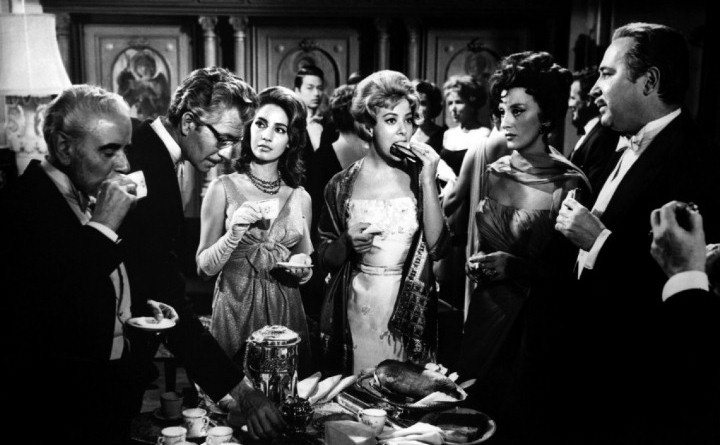
“The story of a group of friends who have dinner together after seeing a play, but when they go into the living room after dinner, they find that for some inexplicable reason they can’t leave.” – Buñuel trembled the upperclassmen and bourgeoisie with his provocative, infuriating social commentary on class, privilege, greed, jealousy, desire, and human essentialism.
As the film nears the end, there are scenes outside of its main location; however, those fragments strike us as momentary in comparison with the magnificence of the rest of the film, which is solely set at the opulent mansion of Señor Edmundo Nóbile.
The summary is pretty straight-forward: A group of wealthy friends enjoy their lavish dinner party as servants start vanishing one by one; in the morning they find themselves incapable of leaving the house with no apparent reason. They are trapped and the atmosphere drops into madness and horror.
This inflaming tragicomedy unleashes the roots of contemporary civilization, its moral basis, and ethical structure.
10. Last Year at Marienbad (1961)
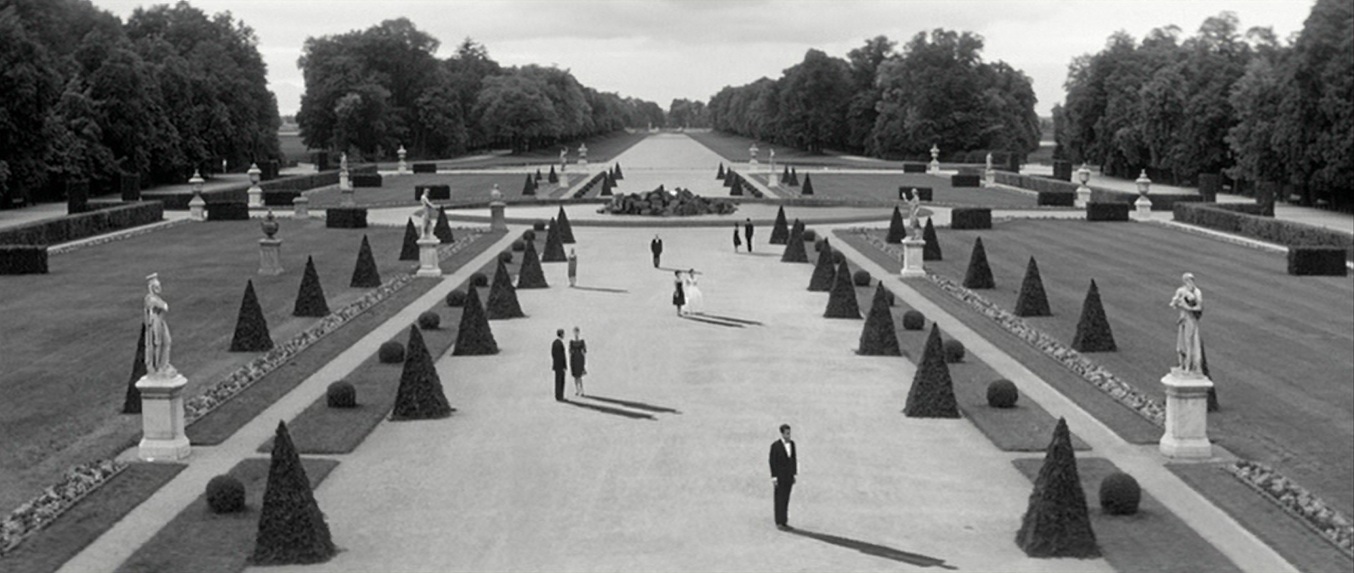
A true gem of cinematic modernism, Alain Resnais’ epochal masterpiece leaves audiences in doubt and uncertainty to this day. Not only is it directed by one of the most inventive filmmakers of his era, but the screenplay was written by the colossal literary figure, the most influential writer of “The Nouveau Roman” – Alain Robbe-Grillet. The film stars the immensely radiant, aloofly alluring Delphine Seyrig as an unnamed woman.
The story is rather simple: A man approaches a woman in a beautiful baroque hotel and claims they met each other a year before, and she insisted on waiting for a year before deciding what to do with their future together. However, this woman says they have never met each other before.
Throughout their extensive dialogues, a viewer can infer lots of different conclusions regarding their pretty twisted relationship: he may have raped her; she may have agreed to run away with him; he may have died in an accident; her jealous husband may have shot her, or the man himself may have killed her.
Whether we believe that it is, in fact, a ghost story, or merely a dream, or just takes place in the mind of any of the main characters, we all agree that it is most certainly a great visual study of mind, thought-processing, and metaphysical problems.